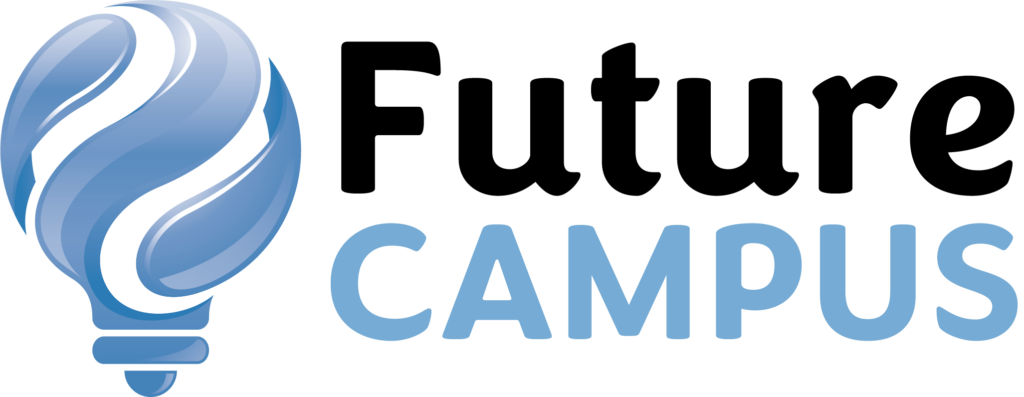As universities work to recover from the financial shocks associated with the pandemic and lower domestic student enrolment numbers, bottom lines have been hit hard. Academic workloads are being squeezed, while institutions simultaneously scramble for alternative income streams.
How else can universities make money? One option is to build and sell continuing professional education (CPE) products to industry in either business-to-business models, or direct to individuals. Here I use CPE to refer to non-award courses offered to professionals across a range of industries – which may or may not be a micro-credential (aligned with the AQF) and may or may not provide credit towards a degree.
The offering of CPE by universities to non-award adult learners is not a new approach, but given a flurry of government activity in this area over the last few years, it is time for universities to think carefully and strategically about their CPE approach.
Universities can develop a sustainable, scalable, high quality, and market-differentiated model, helping to keep and build the outstanding academic talent they have, by pursuing a CPE strategy with clear principles and purpose.
The higher road
There is a significant risk in viewing CPE as a product that is quick and easy to produce and roll out, bringing in the corporate and industry cash. After all, universities have learning management systems in place, and CPE offers a path to bring in corporate dollars without too much apparent expense or fuss. Let’s call this the lower road.
The more strategic intention for universities is to view CPE as research knowledge translation, part of the research impact pipeline, let’s call this the higher road. Money will still be made, but key differences between the higher and lower road very much matter for a range of reasons.
Distinction, quality, and evidence-based learning
Any individual or start-up can produce and offer CPE, and in fact many do. Excellent DIY online learning management systems are available and are no longer the domain of education institutions alone. The CPE market is thoroughly flooded with online courses, speakers, and workshops ripe for the picking. Heck, YouTube can teach you almost any skill-based activity you would like to learn.
In terms of the evidence that informs this plethora of CPE products, quality varies greatly. Evidence matters because it increases the trustworthiness of the product and yields greater bang for buck for the learner, building confidence that their learning WILL make a positive difference to effectiveness in their field of work. While many CPE products in the open market are offered by experts in their field who bring strong experience, still many others are a casserole of ‘interesting ideas’, blended with a sauce made up of presenter charisma and strong marketing, with limited robust evidence as the foundation. Many individual learners and industries are ill-equipped or too time poor to make critical judgements about the quality of the CPE they are buying. Often decisions are made based on the persistence, and ‘glossiness’ of marketing associated with each product.
Universities should distinguish their CPE offerings within the market by ensuring they are rigorously evidence-based and remain updated and contemporary as the science changes. One would like to think this focus on evidence is what universities always do, given their research imperative. However, universities are not immune to rolling out ideas premature to the science that backs them and are not immune to scaling up initiatives without due resourcing and attention to evaluating IF they work, how, and for whom. While there is nothing wrong with responsible innovation, creative ideation, and fast fails, all the mandate of universities, sustainable CPE should not live in this realm. A certain maturity of the science and evidence base is required before selling CPE. This is particularly the case for universities who presumably wish to maintain the privileged position of trusted public-good institutions and avoid resting on the laurels of any credibility afforded simply by the university crest.
What all this focus on science and evidence means, is that university-based CPE design should be the role of active researchers, those that know and are actively building the evidence in their field. The same researchers who are always looking for ways to translate their work for the use of policy makers and practitioners alike – and what better way than through CPE as a research impact pathway?
Reinvestment in research
If my first point is well taken, that CPE should be led by active researchers as a knowledge translation and research impact exercise, then it stands to reason that at least some of the profits made from the sale of CPE in universities should be reinvested to ongoing research and development. And to be clear, reinvestment in the specific field of the CPE being offered.
This is commercially sensible and would seem a no brainer in the knowledge economy that universities operate in. No one would expect a successful contemporary corporation in any other industry to spend zero on product research and development. There is no shying away at this point from the fact that the proceeds of CPE are needed to boost the bottom line and support basic operating costs of institutions. However, there seems every reason to also reinvest at least a sensible portion of profits back into the research program that has developed the CPE, and will no doubt continue to drive innovation and future CPE development, keeping the product fresh and innovative.
This reinvestment needs to ideally land back in the responsible control of the academic team driving the work, rather than through obtuse, non-transparent, and often inequitably distributed centralised research funds (though profits can also support these). Use of this small reinvestment scheme by the academic team will allow them to deliver pilot studies, increasingly critical to success in competitive grant schemes, to invest in the development of their team (in a context where CPE for academics themselves is not at all resources), and in ongoing engagement relationships with community, funders, and other stakeholders. All activities that will in turn continue the cycle of high quality and evidence-based CPE, meet the multiple research and engagement objectives of the university, and crucially retain and grow the institution’s talent.
Academic commitment, job satisfaction, and retention
Universities are built on the big minds and big hearts of the people that work there. Academic workloads have been high and unsustainable for some time. Expectations are to publish papers, bring in research grants, be an excellent teacher, supervise multiple research students, mentor early career colleagues, engage with industry, create tangible research impact, and the list goes on. With the growing desire for academics to add yet more to their already overflowing plates by way of producing CPE, universities will be wondering how to incentivise this activity. Recognising CPE as part of workload is a much-needed requirement but will not be sufficient. Rarely do academic workload formulas leave anyone feeling particularly valued for the contributions they make.
Instead, by taking the CPE high road described above, academics will be recognised and tangibly rewarded for their thought leadership, with the resources and support to continue what they do best – creating new knowledge. Of course, they could take this same thought leadership out to free enterprise, earn fame (if that’s your thing) and far bigger bucks, spending profit on a Tuscan holiday instead of social good research. And while some do leave, many I know would rather stay, working alongside the brightest minds, in a workplace of appreciation rather than exploitation. Taking the higher road on CPE will only increase staff retention, satisfaction, and commitment to their institution.
Know thy learner
Finally, universities need to take a smart design approach to CPE teaching and learning infrastructure, curriculum, and pedagogy. What works for award students, will not work for CPE learners. The average adult learner has high expectations of learning as flexible, mobile, easy to access, highly engaging, at an industry indexed price point, and able to meld seamlessly with their typical work and life context.
However, these consumer driven expectations need to be balanced by the evidence (there’s that word again) about what works in teaching and learning, what will truly impact practice for learners rather than just provide them with a certificate. It may very well not be a quick and pithy webinar; it might be sustained engagement in a professional learning community with coaching elements.
Who has this knowledge of what works for teaching and learning in their field of expertise? Academics. Who understands the CPE target industry, the funds and time they can access, their preferred engagement mode? Academics, because they have worked alongside and inside industry for many years.
CPE misses the mark when it does not address the learning enablers and barriers inherent in the target industry, which can be worlds apart across disciplines (think engineers vs educators for instance). Universities would do well to listen to their academics about what will work for whom and how, and to invest in the infrastructure and support required. One size will not fit all.
Universities will also have to come to grips with the fact that the operating infrastructure including marketing and communications, enrolment process, learning management system, and learner support in use for award students was built for that purpose, and will not meet the needs of non-award learners, or academics working in the CPE space. New solutions will be required.
Finally, what universities choose NOT to do, will be just as important as how they go about the CPE, they do choose to invest in. There is an argument to be considered that some research translation exercises that look a lot like CPE, should in fact be free and open access, especially if they were created using public funds, and can be maintained at no or low cost. Some industry CPE needs will never be efficiently met in any way that makes business sense inside the infrastructure of behemoth and often highly bureaucratic universities. Instead, these can be licensed out to the more agile private sector, with the same high road principles set out here (quality control through an evidence base, and reinvestment of license income back into research).
Call to action
This is not a criticism of universities, but rather a call to action; a spotlight on the incredible opportunities unfolding, and a call to value and invest in the increasingly disillusioned academic workforce.
The CPE environment and how it continues to unfold in various universities will be a barometer of how future-focussed and strategic any institution is, and it will matter. Institutions that take the higher road will win the talent war; they will be investing in both ‘growing their own’ but will also attract the brightest minds to a workplace of appreciation rather than exploitation.
They will be highly competitive in a flooded CPE market, known for their key research and CPE strengths that distinguish them from others, and will enjoy a lasting positive reputation and relationship with their target industries. Research funders will be impressed with the knowledge translation pipelines created and will see increasing return on their investment of taxpayer and philanthropic funds for the public good. The academic workforce will be excited and enthused by the mutually beneficial pathways that see research impact and CPE intertwined, morale will be boosted.
The higher road on CPE will kick so many goals for funders, universities academics, industry, and the broader community. It will just take a little courage, innovation, and strategic thinking.
Professor Kate Williams works in the Education Faculty at the University of Sunshine Coast.

